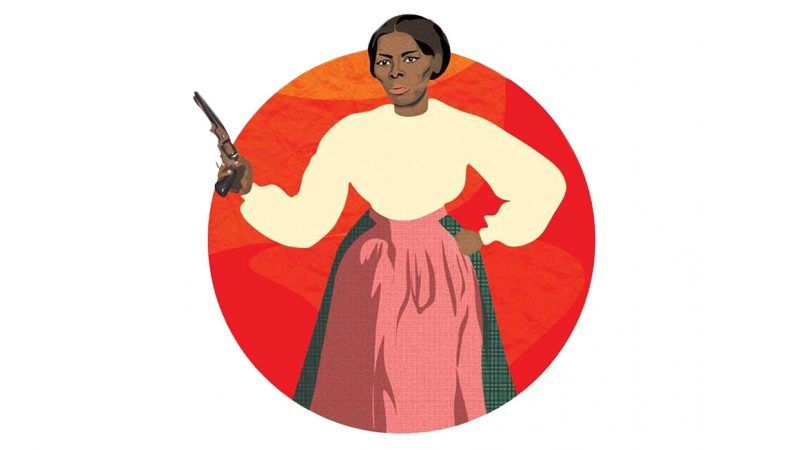She Came To Slay
The deeply human Harriet Tubman who emerges in Dunbar's book was exhausted, frustrated—and heroic.

Several biographies have humanized Harriet Tubman over the last two decades, filling in the blanks of a much-mythologized life. The most recent is She Came to Slay, by Rutgers historian Erica Armstrong Dunbar. It's pop history for young readers, but it's complex, nuanced, and more than suitable for adults.
With the Underground Railroad, Tubman directly freed around 70 slaves and helped another 70 or so reach freedom with instructions, supplies, and support. During the Civil War, in the Raid on Combahee Ferry, she helped liberate 750 more. Feats like that make her seem larger than life, but she dealt with a lot of pain too—and not just while she was enslaved.
Tubman came back south to free her husband, only to find that he had taken another wife. She came for her sister, only to learn the woman had died. She was a sought-after speaker, but at times she could barely feed her family. She thought the North would be the promised land, then learned the hard way that bigots lived in Philadelphia and New York too. The deeply human Tubman who emerges in Dunbar's book was exhausted, frustrated—and heroic.


Show Comments (20)